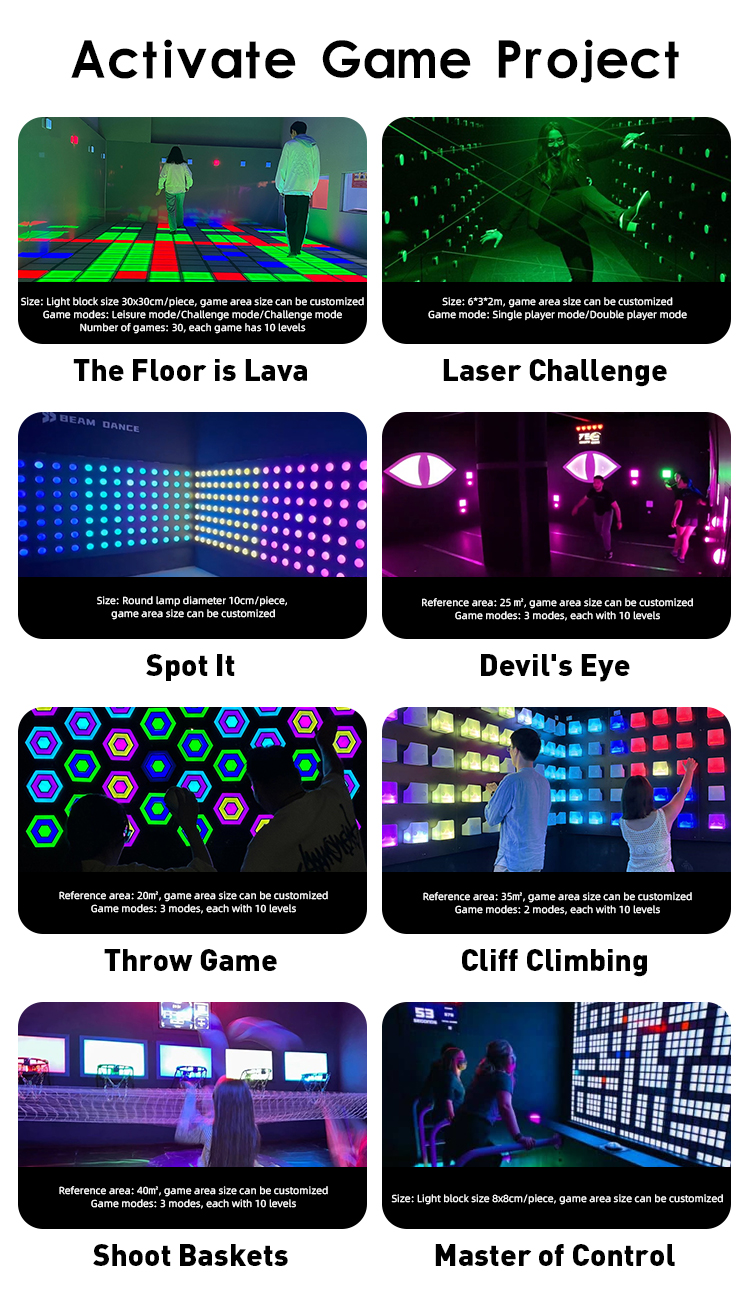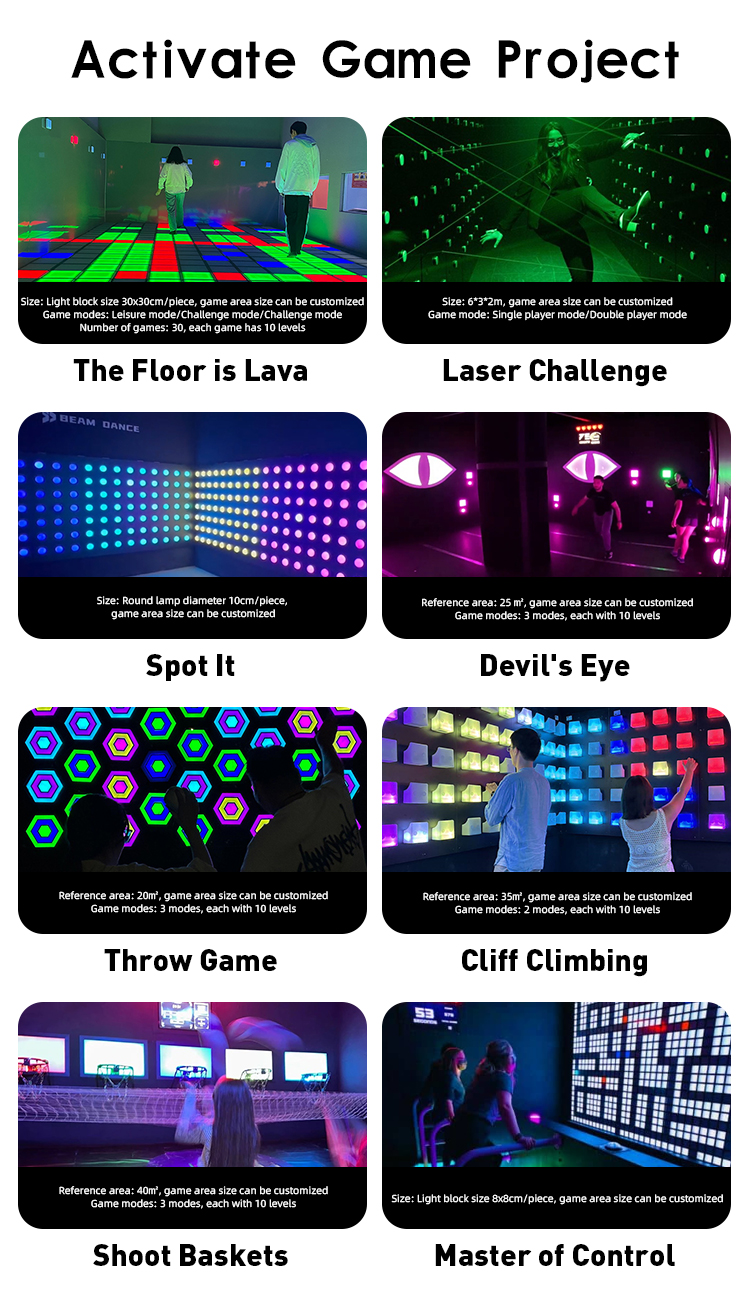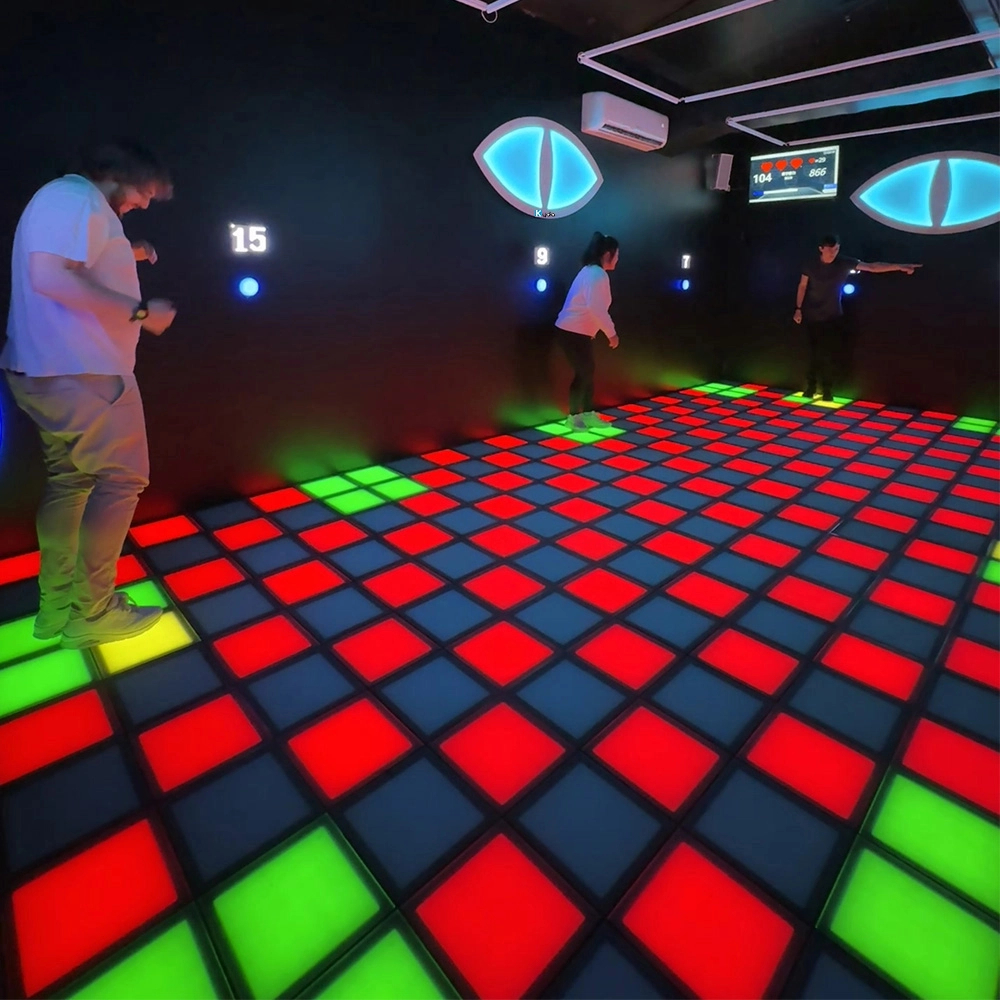Interactive game solutions are no longer niche; they are the fastest-growing category of digital engagement, projected to surpass $180 billion in global revenue by 2025. Forward-thinking brands are turning simple games into full-scale revenue engines, employee-training platforms, and customer-retention machines. If you want measurable growth—more leads, stronger loyalty, and higher lifetime value—this playbook will show you exactly how to deploy interactive game solutions without wasting budget or time.
Step 1: Define the Business Objective
Games only work when they solve a real problem. Identify one primary KPI—lead generation, product education, churn reduction, or upselling—and design every mechanic around it. For instance, a SaaS company that needed 30% more trial-to-paid conversions created a 3-level puzzle that unlocked advanced features each time the user solved a challenge inside the product. Conversion jumped 42% in 60 days.
Games only work when they solve a real problem. Identify one primary KPI—lead generation, product education, churn reduction, or upselling—and design every mechanic around it. For instance, a SaaS company that needed 30% more trial-to-paid conversions created a 3-level puzzle that unlocked advanced features each time the user solved a challenge inside the product. Conversion jumped 42% in 60 days.
Step 2: Choose the Right Game Type
Match mechanics to your audience’s daily behavior.
• Trivia and quizzes work well for B2B thought-leadership and email capture.
• Hyper-casual swipe games drive impulse purchases in e-commerce.
• Simulation games accelerate complex onboarding for fintech or healthcare platforms.
• AR treasure hunts are gold for brick-and-mortar retailers looking to lift foot traffic.
Match mechanics to your audience’s daily behavior.
• Trivia and quizzes work well for B2B thought-leadership and email capture.
• Hyper-casual swipe games drive impulse purchases in e-commerce.
• Simulation games accelerate complex onboarding for fintech or healthcare platforms.
• AR treasure hunts are gold for brick-and-mortar retailers looking to lift foot traffic.
Step 3: Build or Buy?
A custom Unity build gives maximum flexibility but averages $75k–$250k and 4–6 months. White-label platforms such as Playable, Gamify, or Drimify launch in days for under $5k, yet still track the same KPIs. If your campaign is seasonal, start white-label; if the game is core to your product roadmap, invest in custom code.
A custom Unity build gives maximum flexibility but averages $75k–$250k and 4–6 months. White-label platforms such as Playable, Gamify, or Drimify launch in days for under $5k, yet still track the same KPIs. If your campaign is seasonal, start white-label; if the game is core to your product roadmap, invest in custom code.
Step 4: Distribution & SEO
Google now indexes HTML5 games directly. Host the game on a subdirectory (yoursite.com/game), add schema markup (Game, SoftwareApplication, and VideoObject), and compress assets under 15 MB to meet Core Web Vitals. Embed keyword-rich FAQs beneath the game canvas—queries like “how to beat level 3 in [YourBrand] challenge” will rank within weeks.
Google now indexes HTML5 games directly. Host the game on a subdirectory (yoursite.com/game), add schema markup (Game, SoftwareApplication, and VideoObject), and compress assets under 15 MB to meet Core Web Vitals. Embed keyword-rich FAQs beneath the game canvas—queries like “how to beat level 3 in [YourBrand] challenge” will rank within weeks.
Step 5: Monetization Loops
Reward players with tiered coupons, loyalty points, or NFT badges that expire in 48 hours to drive urgency. Integrate Stripe or Braintree in-game for instant upsells. One beauty brand saw a 3.4× AOV increase after letting players “double their discount” by sharing the game on Instagram Stories.
Reward players with tiered coupons, loyalty points, or NFT badges that expire in 48 hours to drive urgency. Integrate Stripe or Braintree in-game for instant upsells. One beauty brand saw a 3.4× AOV increase after letting players “double their discount” by sharing the game on Instagram Stories.
Step 6: Data & Optimization
Track funnel metrics in real time: play rate, completion rate, share rate, and revenue per player. Use Google Analytics 4’s event-based model to create audiences like “Played 2+ times but never purchased” and retarget them with Looker Studio dashboards. A/B test everything from color palettes to reward sizes every two weeks.
Track funnel metrics in real time: play rate, completion rate, share rate, and revenue per player. Use Google Analytics 4’s event-based model to create audiences like “Played 2+ times but never purchased” and retarget them with Looker Studio dashboards. A/B test everything from color palettes to reward sizes every two weeks.
Case Studies
• Samsung: Used a VR escape room to train 5,000 retail staff, cutting onboarding time by 35%.
• Starbucks: Rolled out a summer AR shake-to-win game, adding 2.1 million active Rewards members in 90 days.
• HubSpot: Launched a lead-gen trivia contest that generated 47,000 MQLs at $0.42 cost per lead.
• Samsung: Used a VR escape room to train 5,000 retail staff, cutting onboarding time by 35%.
• Starbucks: Rolled out a summer AR shake-to-win game, adding 2.1 million active Rewards members in 90 days.
• HubSpot: Launched a lead-gen trivia contest that generated 47,000 MQLs at $0.42 cost per lead.
Checklist to Launch in 30 Days
-
Clarify KPI and target metric.
-
Pick game type and platform (white-label vs. custom).
-
Storyboard three reward loops tied to your product.
-
Build SEO-ready landing page with schema markup.
-
Run beta to 100 users, measure, iterate.
-
Scale with paid ads, influencer seeding, and email drip campaigns.
When executed correctly, interactive game solutions turn idle browsing into high-intent action. Start small, measure relentlessly, and scale what converts. Your next quarter’s growth could be one game away.





发表回复